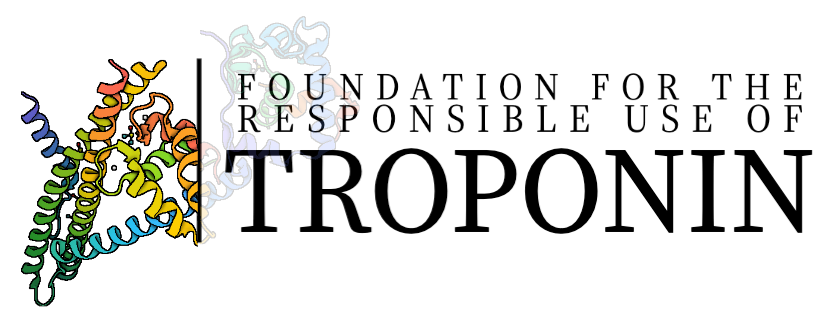Since you are rarely handed a 2×2 table with accurate TP/TN/FP/FN rates, how can we get from pretest probabilities to PPV and NPV (post-test probabilities)? This is where we can use the likelihood ratio (LR). There are two values: LR+ is the odds a positive test means the patient has the disease, while the LR- is the odds a negative test means the patient has the disease. A high LR+ suggests the test is highly specific (odds are our positive test is a TP), and a low LR- suggests it is highly sensitive (negative values are rarely FN). Physical exam findings and elements of history can also carry LR’s.
LR+ = sensitivity/(1-specificity)
LR- = (1-sensitivity)/specificity
Remember, likelihood ratios involve odds, not probabilities. You can use these values by directly multiplying them by the pre-test odds to determine post-test odds. For a positive test multiply by the LR+ and for a negative test, multiply by the LR-. You can multiply by as many LR’s as you’d like.
PPV = Pretest odds X LR(+)
NPV = Pretest odds X LR(-)
But it is often easier to think in terms of probabilities (PPV, NPV). To use LR’s to find probabilities, convert into odds before doing any multiplication. Once you have your final odds, convert back into probability for a clearer answer.
Step 1: Pretest probability -> odds
Odds = (probability)/(1-probability)
Step 2: Multiply by your LR (or multiple LR’s)
Pretest odds X LR = post-test odds
Step 3: Odds -> post-test probability
Probability= (odds)/(1+odds)
If that mental math is intimidating, a good way to visualize how the pretest and post-test probabilities are linked is by using Fagan’s nomogram. Simply draw a line from your pretest probability, P(D), through the likelihood ratio (center) to find your post-test probability, P(D|T). Here is the original nomogram from Fagan’s 1975 letter featured in NEJM. Note: most nomograms you will find online run the other direction (from left to right)!

